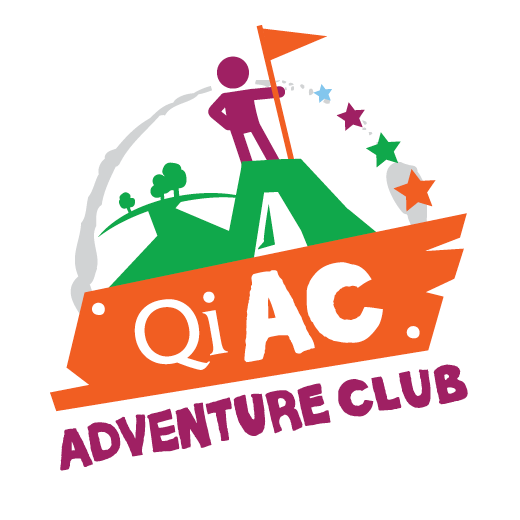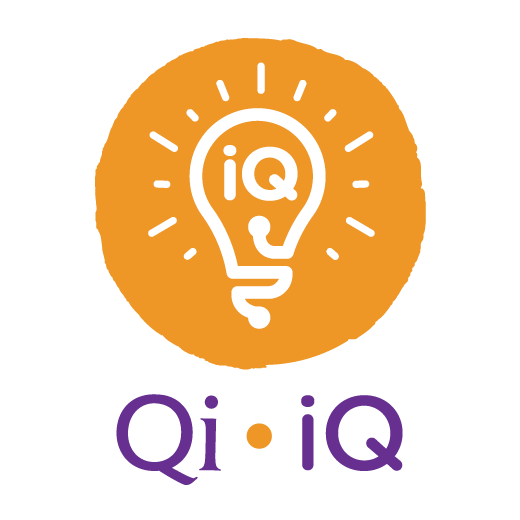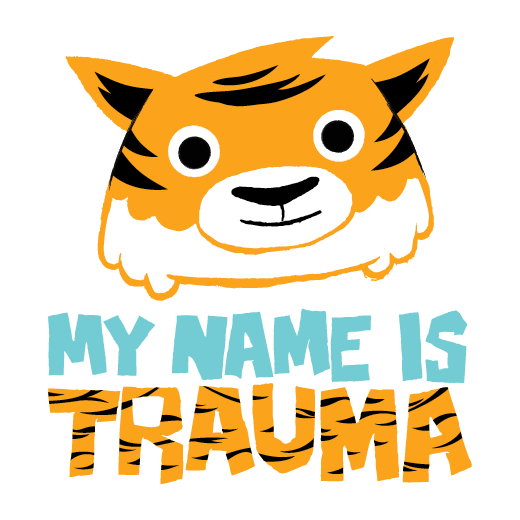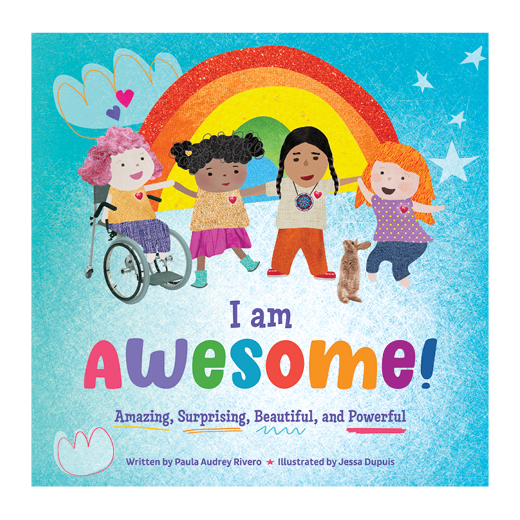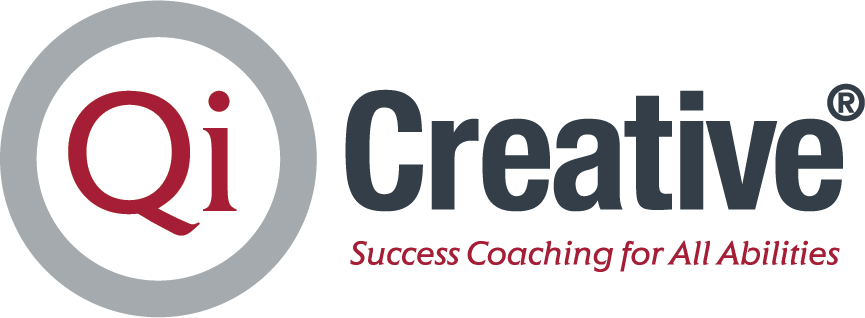Indigenous Autism: A Snapshot of Care and Therapy in Canada
Image description: An Inuksuk, a manmade stone landmark, stands tall in a rocky beach.
According to the 2006 census by Statistics Canada, Edmonton has the second-largest urban Indigenous population of any Canadian city.
While we serve families locally and globally, Qi Creative’s headquarters are situated on Treaty 6 territory, a traditional gathering place for diverse Indigenous peoples including the Cree, Blackfoot, Métis, Nakota Sioux, Iroquois, Dene, Ojibway/Saulteaux/Anishinaabe, Inuit, and many others whose histories, languages, and cultures continue to influence our communities.
In support of National Indigenous History Month, we reflect on the responsibility we have as service providers to collaborate with Indigenous families in culturally-sensitive and restorative ways.
This blog contains a glance at Indigenous individuals with autism, and the challenges and barriers currently facing access to receiving care that is culturally competent and available to all Indigenous families.
Indigenous Canadians are Diverse
Photo: Spring Pow Wow, First Nations University of Canada (2017) – Reconciliation Education
Indigenous peoples have distinct languages, heritages, cultural practices and spiritual beliefs. While autism is just as likely to occur within Indigenous as non-Indigenous families and communities, there remain limited services available in Indigenous communities, especially those that can recognize and involve local cultural practices.
In Canada, “Indigenous peoples” is a collective noun that refers to three distinct groups of Indigenous peoples recognized under Canada’s Constitution: First Nations, Métis and Inuit peoples.
Some institutions such as the First Nations University of Canada are integrating traditional Indigenous knowledge with Western knowledge systems to help broaden and understand Indigenous worldviews within various industries and fields. The University of Alberta also offers a course called Indigenous Canada.
pîtoteyihtam — ᐲᑐᑌᔨᐦᑕᒼ
Image description: An Indigenous child, Sharlize, featured in Falling Between the Cracks (2017), a documentary film by Janelle Mendez investigating the absence of support for autistic Indigenous children in remote areas of Saskatchewan.
pîtoteyihtam is a Cree word used to describe autism - he/she/they think differently, according to Grant Bruno, a PhD student studying autism in Indigenous communities at the University of Alberta.
According to Bruno, “there are no federal programs for autism on reserves”, with very limited access to pediatric rehab med services. As part of his research, he inquires on how to bring and keep services on-reserve, and how cultural programs such as powwows could be made more sensory friendly.
Most diagnostic models continue to frame autism in deficit-based models, compounded by additional obstacles such as arranging transportation and child care out of rural communities and reserves for families to set the time and space aside for assessment and therapy. In Saskatchewan, a pilot project is in place to research and build supports from an Indigenous perspective, to avoid families having to leave reserves to access support.
Janelle Mandes, an Indigenous filmmaker with an autistic daughter, shared her experiences and those of two other mothers in her documentary Falling Between the Cracks, investigating the absence of support for autistic children and their families in remote areas of Saskatchewan.
Challenges and Recommendations
In the above video, an explanation of Autism is translated into Cree by Nishnawbe Aski Nation.
Research by the University of Victoria outlined a number of challenges and barriers for delivering therapy services to Indigenous families:
The need for safe contexts that support Indigenous self-identification
Lack of cultural competence and safety
Lack of continued services and funding
Assessment and identification difficulties
Foster care as a barrier for service delivery
Under-detection and underrepresentation of autism and other developmental disabilities in Indigenous communities
Recommendations Include:
Involving Indigenous people in designing and delivering services
Individualizing approaches for each child
Improving communication between provincial and federal services
Bring services to Indigenous communities, rather than bring children out of communities to access services
Apply strengths-based approaches for ASD and other developmental disabilities
Learn But Do Not Impose
Sacred Space, an inclusive room for Indigenous young people at Youth Empowement Support Services (YESS) in Canada to connect with their spiritual beliefs and practices.
It is important to note that specific ceremonies, songs, dances and other traditions are not meant to be openly shared.
In researching and learning what you can, be sure to ask yourself if you are the right person to apply something, or if you can collaborate and learn with a respective facilitator or existing organization.
Depending on what you are thinking of bringing to your practice, you may have to do further research and gain permissions to access, engage with, and disseminate Indigenous practices and contexts in your therapy.
YESS, a youth shelter in Edmonton, built a Sacred Space in 2020 for youth to explore their spirituality with learning, prayer, meditation and culture. Additional learning spaces of note are the Aboriginal Culture Centre at the Canada Place building in Edmonton, the Canadian Native Friendship Centre, and Métis Crossing.
Representation matters. If your client could benefit from a visual chart or social story, but all the illustrations within are White and Western—is it still beneficial to their therapy?
According to Dr. Anne Lindblom’s research (Stepping out of the Shadows of Colonialism to Beat the Drum: The meaning of music for five First Nations children with autism in British Columbia, Canada), culturally sensitive music interventions would be beneficial for the development of Indigenous children with autism, but collaboration with traditional knowledge holders and Elders is key.
Jordan’s Principle
Jordan's Principle makes sure all Indigenous children living in Canada can access the products, services and supports they need, when they need them.
Jordan’s Principle is named in memory of Jordan River Anderson, a child from Norway House Cree Nation in Manitoba.
Qi Creative accepts clients with Jordan’s Principle funding.
The Jordan’s Principle Call Centre can be reached at 1-855-JP-CHILD (1-855-572-4453), 24 hours a day, seven days a week.
More Resources:
What is Autism? Videos narrated in English, Cree or Ojibway by Nishnawbe Aski Nastion
National Indigenous History Month - Government of Canada
Aboriginal Peoples of Alberta: yesterday, today and tomorrow
The Blackfoot Digital Library contains images, audio, videos and documents collected over the past century featuring the Blackfoot people and their culture.
Panel Discussion with Knowledge Keepers - Government of Canada
Comparing Indigenous Approach to Autism with Western Approaches to Autism - Anna Wilsom MEd.
LearnAlberta offers educational resources related to First Nations, Métis and Inuit perspectives and experiences, including residential schools and Treaties.
Empowering the Spirit includes educational resources to deepen one’s understanding of First Nations, Métis and Inuit perspectives on literacy and numeracy.
Four Directions Autism - Parent-to-parent support group for First Nations, Inuit, and Métis parents who have autistic children
Lindblom, A. (2014). Under-detection of autism among First Nations children in British Columbia, Canada. Disability & Society, 29(8), 1248-1259.
National Association of Friendship Centres
Reconciliation - How the Government of Canada is working to advance reconciliation with Indigenous peoples, based on recognition of rights, respect, cooperation and partnership
